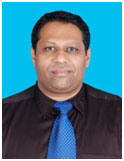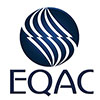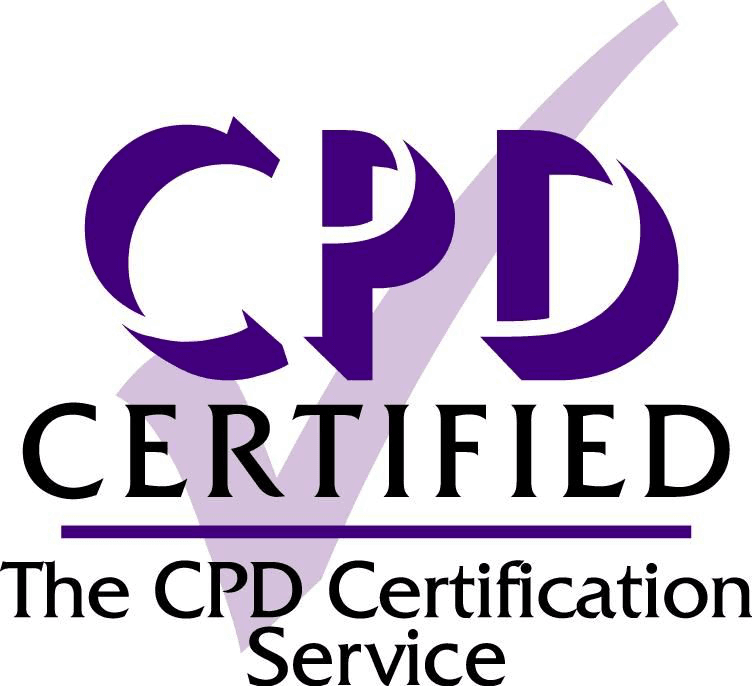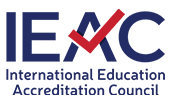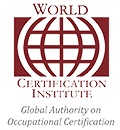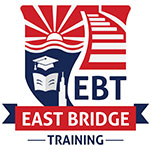Asian College of Teachers 

-
ACT Courses
- Special Education Courses
- OFQUAL Regulated Post Graduation Courses in Education
- Early Years Care and Education
- Pre & Primary Teacher Training
- Montessori Teacher Training
- TEFL/TESOL Courses
- Ofqual Regulated Qualifications
- Nursery Teacher Training
- IPGTD Live Online
- ITD Online
- 1 Year International Diploma in Education, Teaching & Learning
- CPD Workshop
-
- Counselling Courses for Teachers
- Educational Administration & Management
- Train The Trainer Courses
- Degree Courses
- English Courses for Teachers
- Virtual Online Teaching (VOLT)
- Diploma in Primary Education
- Specialized Programs
- TEFL Residential Program
- Approved Qualification Courses
- International School Experience Program
- School Association Program
 We often hear the term “learning gap” in the field of education. When a student fails to make academic progress, we consider learning gaps as a reason for their incompetency or trouble understanding the learning material.
We often hear the term “learning gap” in the field of education. When a student fails to make academic progress, we consider learning gaps as a reason for their incompetency or trouble understanding the learning material.

